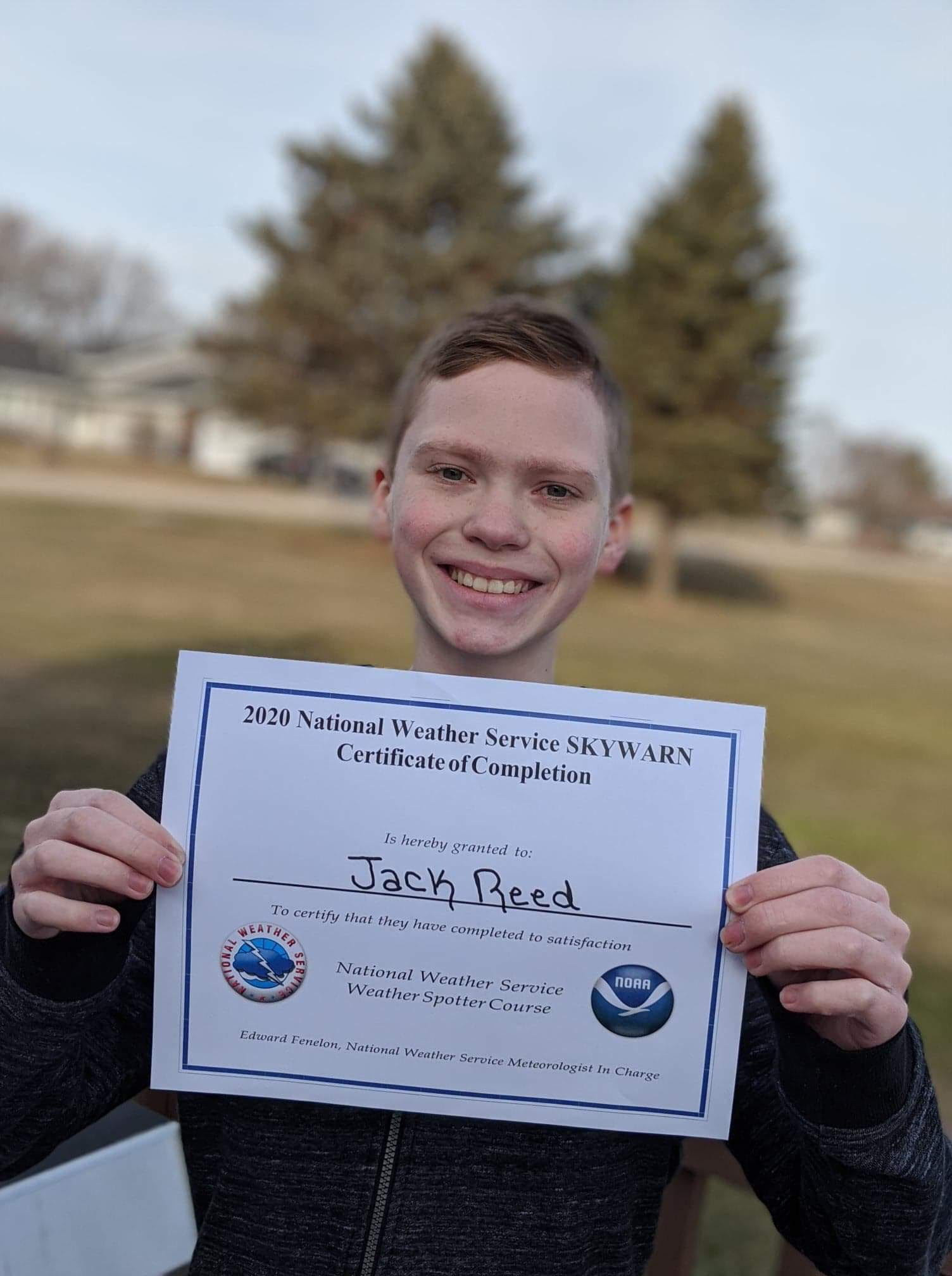.png.aspx?width=500&height=670)
Last year, my son Jack and I completed our National Weather Service Storm and Tornado spotter training. As we sat through the training, the Joplin tornado was brought up. As many of you may recall, the Flying J was completely destroyed and many trucks in the parking lot had excessive damage. Then I started thinking about what we face as professional drivers out here on the road when it comes to severe weather. These storms can pop up at any time, and knowing what to do can save our life.
Stay Informed
With today's technology, keeping updated about weather conditions and upcoming severe weather outbreaks is pretty easy. From old fashioned battery operated NOAA weather radios, to apps that follow our location and alert us to severe weather events, knowing about upcoming weather events is no longer an issue. I prefer the app ‘Weather Bug’, but there are many apps that will push severe weather alerts directly to your phone. Storms that can spawn a tornado in the middle of the night, don’t care that you are asleep. ‘Windy’ is also a good app to show you about future events. I use this one often as well to see what may be happening along my route days in advance. You can read fellow Team Run Smart Pro Jimy Nevarez’s review of “Windy” here.
There is also a national weather alert system that will send an alert to your phone when you are within range of a cellular tower where a severe weather warning is activated. It has a very specific tone and will still send alerts even if you have your phone on “Do Not Disturb." Just remember to keep your volume up.
Types of Warnings
All thunderstorms can create a tornado, but some are more likely than others. When the National Weather Service sees that conditions are favorable for tornadoes, they will issue a tornado or severe thunderstorm watch. This simply means to pay attention to conditions and be ready to take action and find shelter when necessary.
When a severe thunderstorm or tornado has been detected by doppler radar or confirmed by a storm spotter, the National Weather Service will issue a severe thunderstorm or tornado warning. This means that a severe thunderstorm or tornado is in the area and you should take shelter immediately.
Where to Take Shelter
This can be really difficult for a professional driver as they sleep in their cab. If possible you should take shelter in a basement or underground storm shelter. In a basement, choose somewhere along an interior wall, away from windows if possible. If that isn’t possible, in the middle of an outer wall is your next best option. Put your hands over your head, crouch down and stay away from corners if possible. When I was young I was taught to go to the Southwest corner of the basement, but Texas University did a study in 1975 that showed debris hit all corners of a basement. In the center of outer walls fair much better. Most deaths in tornadoes are caused by being struck by debris.
If no basement is available go to the lowest floor of a structure along an interior wall, away from windows. Crouch down and put your hands over your heads. Make yourself as small of a target as possible.
Being outside presents other challenges. DO NOT take shelter under an overpass or bridge in a tornado. The wind can actually create suction and pull you out from under. Simply find the lowest spot you can, a ditch or ravine if possible, lay face down and cover your head.
During one particularly strong storm years ago, I climbed out of the bunk and buckled myself in. As a look back on it, that seemed like a good idea at the time. In retrospect it wasn’t that bright of an idea. There is a lot of glass up there.
Some Final Tips
-
Don’t try to outrun a tornado. They are unpredictable and can change directions in an instant. They can also move very quickly
-
Remember lighting is deadly too. There is nowhere outside that is safe during a lightning storm. If you are caught in a vehicle, sit in your seat with your hands in your lap. Make sure not to touch anything in your vehicle that may be grounded to the frame.
-
Winds can blow a high profile vehicle over just as easily in the summer as in the winter. Always be aware of conditions.
-
Don’t drive through floodwaters. You never know what may be going on under that water, including the road being completely washed away.
I hope you remember these tips next time you’re out on the road. Always stay informed and be alert as weather can change quickly. Stay safe out there, and be careful.
Follow Team Run Smart Pro Clark Reed on Instagram and Facebook.